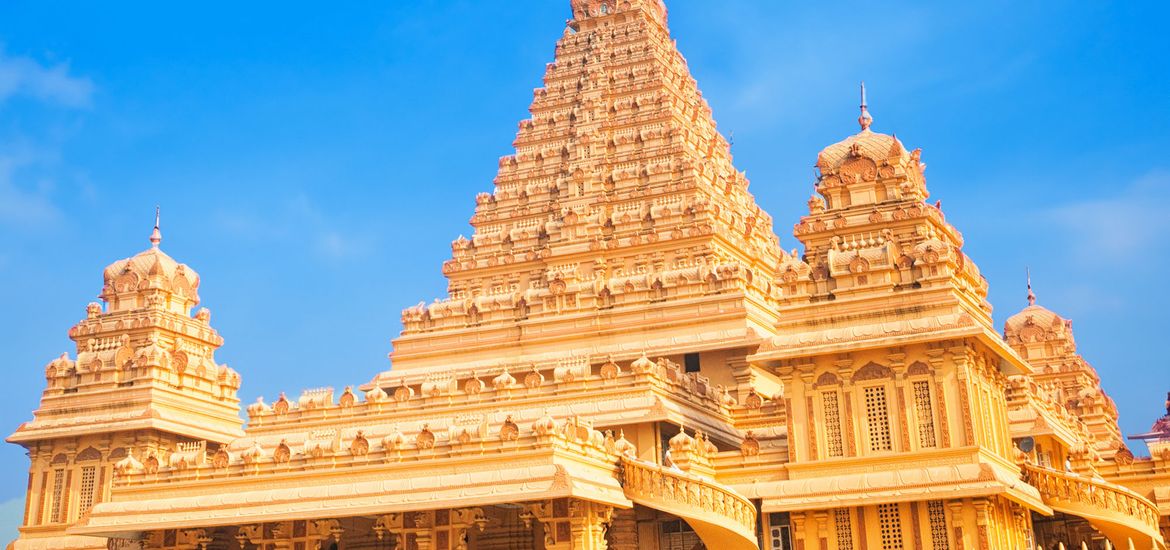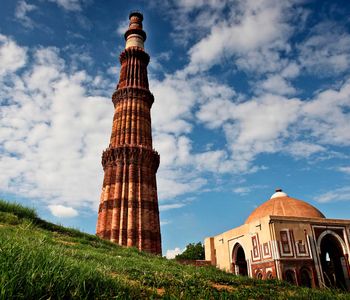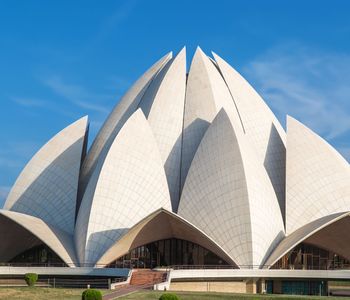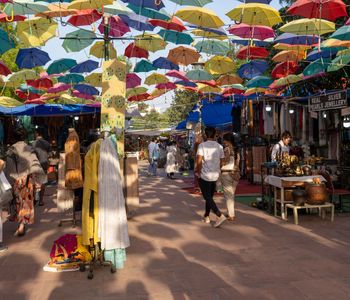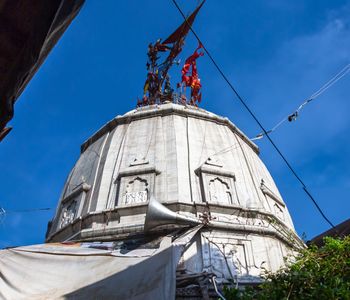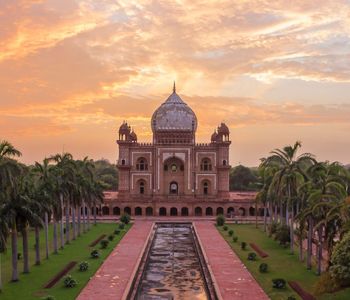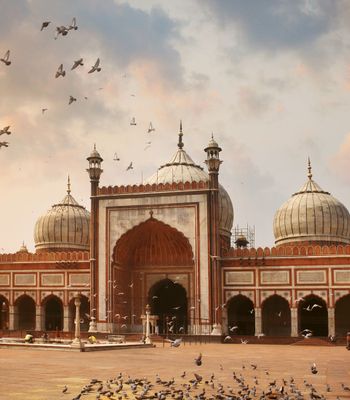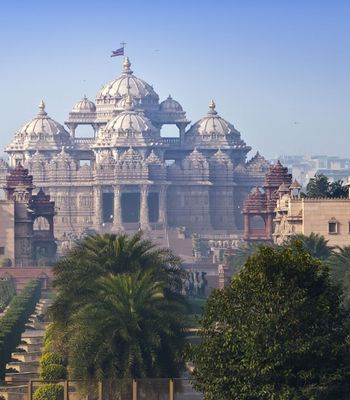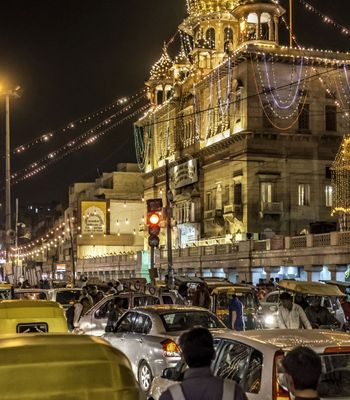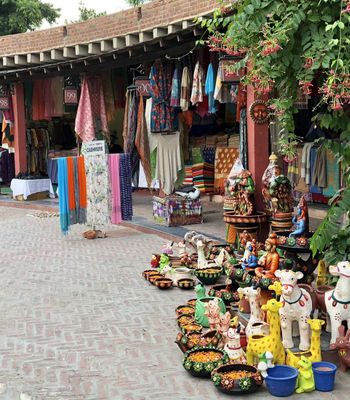Residing on more than 60 acres in South Delhi, the Chhatarpur Temple is a huge complex dedicated to Hinduism. With its intricately latticed architecture, this landmark is known as a pilgrimage site for many followers. Learn more about the Chhatarpur Temple as you explore the grounds on your next vacation.
Architecture and Layout
The Chhatarpur Temple was built in 1974 with a focus on various temples collected together to celebrate many different deities. Indeed, 20 temples are devoted to individual gods or goddesses. Furthermore, these temples are also arranged into three complexes.
Also, the temple serves as an architectural model of both Northern and Southern Indian influences. With Dravidian and Nagara styles, the temple's exterior walls are a lesson in detailed marble craftsmanship and Hindu dedication. Overall, it might take several hours to see everything at the temple.
Main Attraction of Temple
One of the most remarkable spaces within the Chhatarpur Temple is the resting room or Shayya Kaksh. Constructed for the Goddess Katyayani, this room contains a queen-size bed and dressing table made of silver. Nearby, the room's accessories continue with cosmetics and ornaments throughout. In addition, examine the sword residing in this sanctuary. Because of the room's opulence, it's a popular place to explore. Ideally, start your tour early to avoid the larger crowds.
Wishing at the Sacred Tree
The expansive courtyard at the Chhatarpur Temple has another attraction in the form of a peepal tree. Also referred to as a sacred fig, the tree's huge canopy offers shade for visitors and a unique religious experience. Here, visitors can tie threads to the tree as they pose their wishes to the gods and goddesses. Regardless of your faith, this ritual is open to anyone who wants to experience India's deeply religious culture.
Celebrating Navratri Festival
Held bi-annually, the Navratri Festival is a nine-day celebration of good overcoming evil. By celebrating several gods and goddesses, this festival attracts Hindu devotees to the temple. During the spring and fall festivities, you can see the temple decorated with various rituals held during the day and evening hours. Also, the shrine built for the Goddess Katyayani is only open during this festival. To see the temple in its entirety, plan a visit during Navratri for the best experience.
How to Reach the Temple
Take the yellow line to the Chhatarpur Metro Station, allowing you to walk the last 10 minutes to the temple. Alternatively, take a bus, taxi or rickshaw from nearby attractions, such as Qutub Minar. Because the temple is near many Delhi monuments, public transportation is easy to find and use. Typically, there's a minimal charge for the ride to the temple, and there's no entry fee for your convenience.
Because of its popularity, visiting the temple in the early morning can give you a quieter experience than in the afternoon or evening. Whether you're a Hindu devotee or a curious traveler, the Chhatarpur Temple is a unique landmark worth the visit. Find your spiritual side at this marble wonder as you learn more about the Hindu religion.
